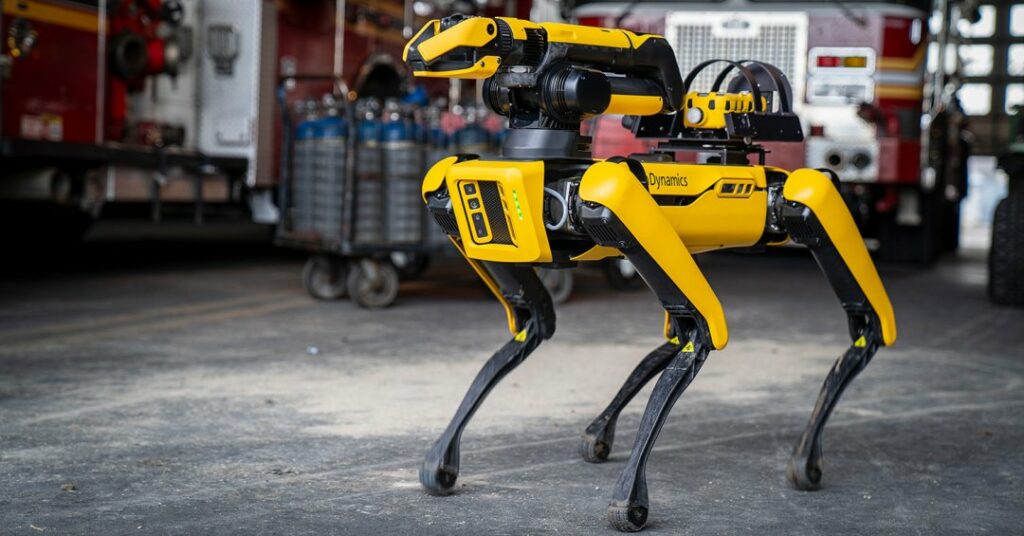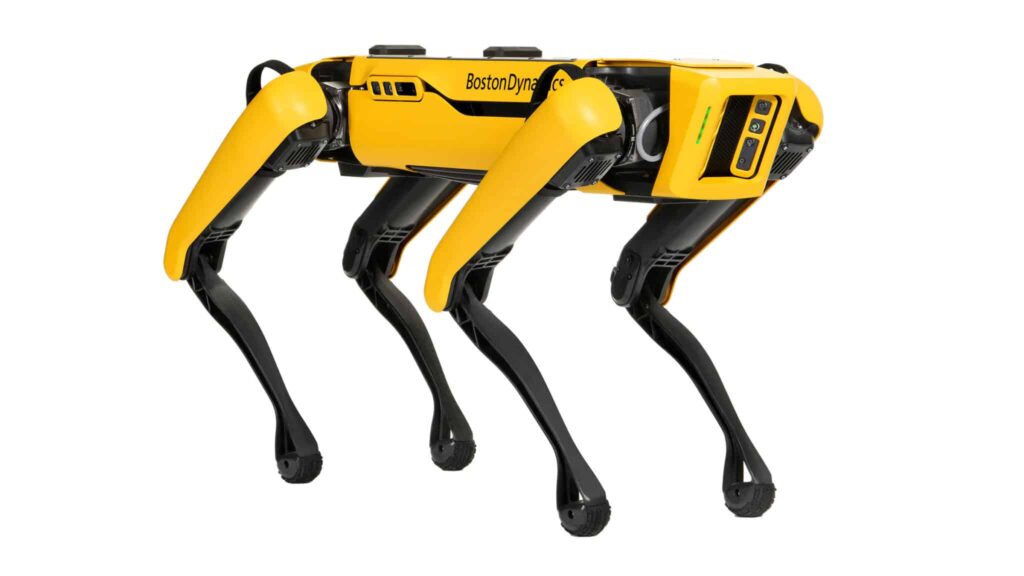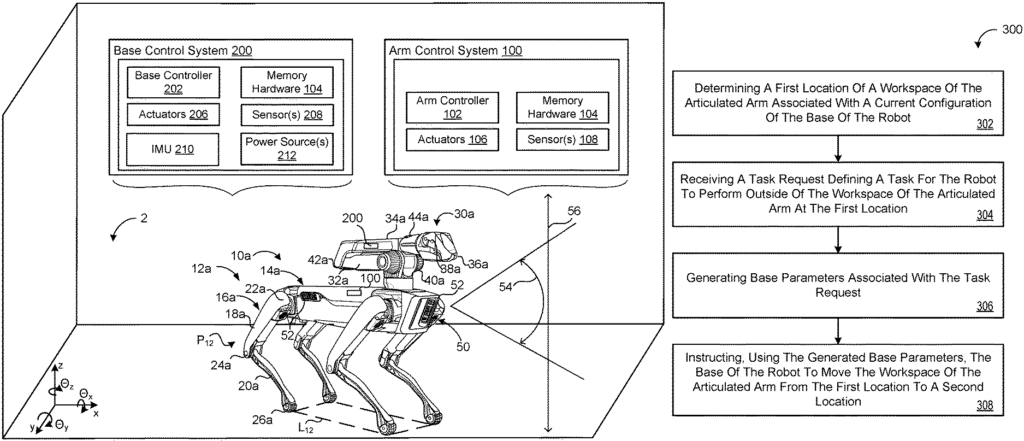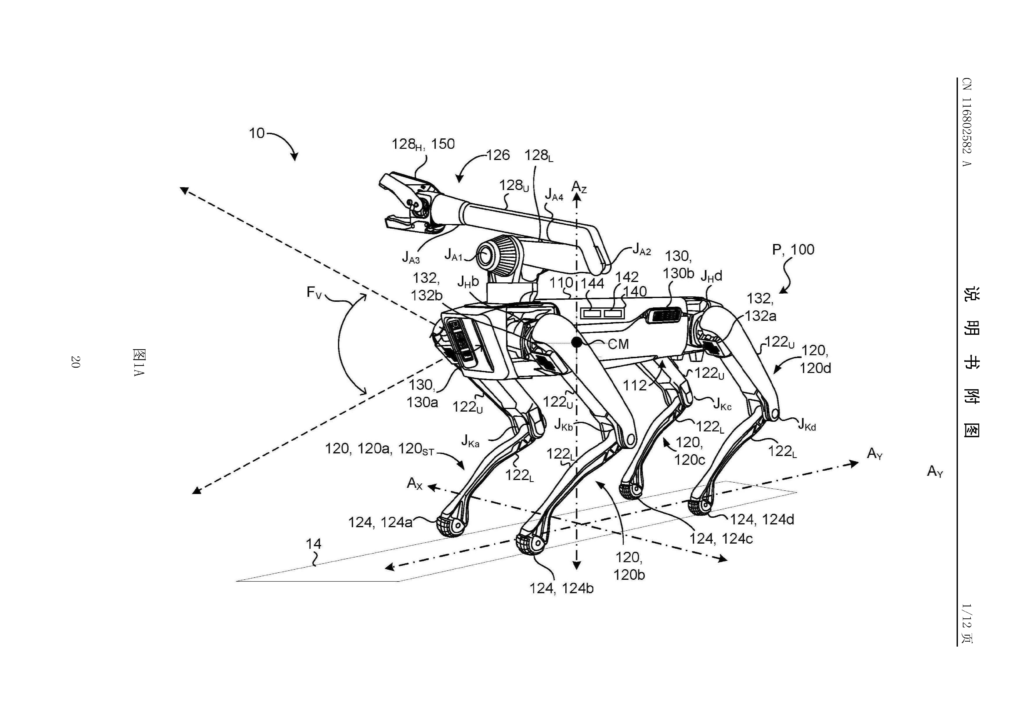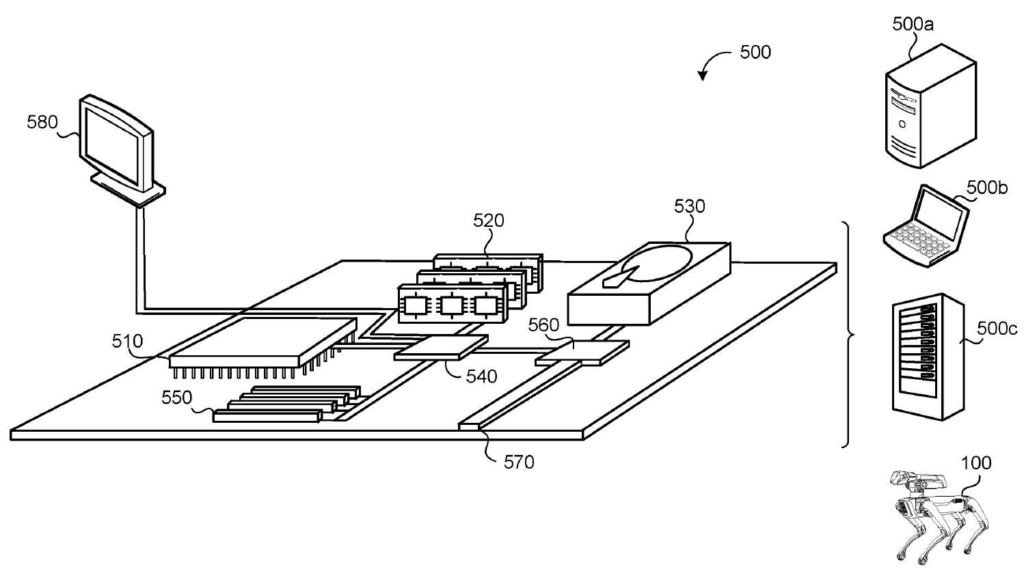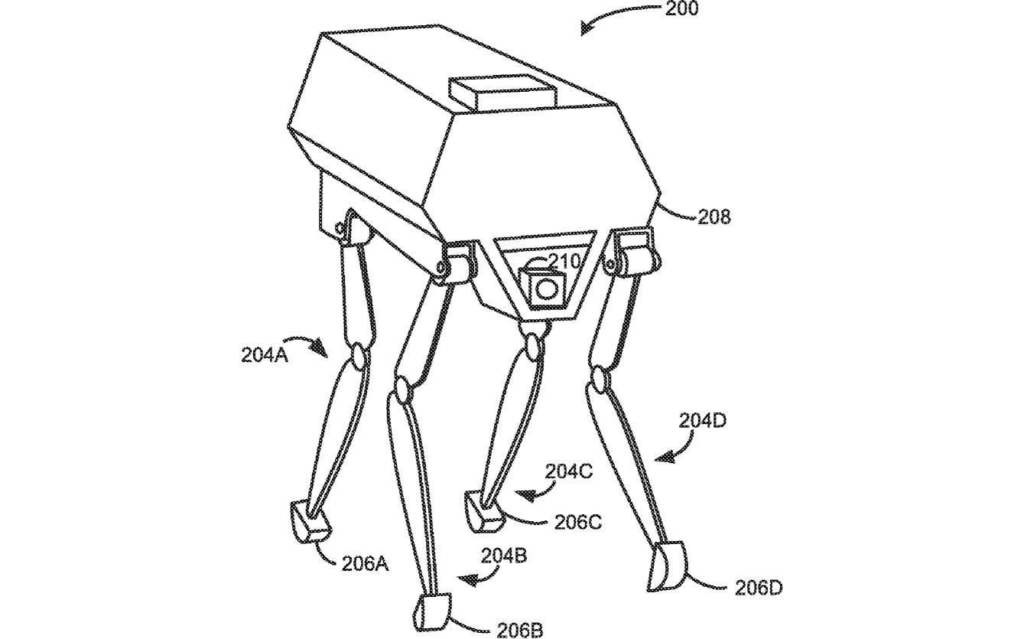Boston Dynamics Spot is a versatile, agile robot dog designed for various tasks like inspection, data collection and carrying loads. It can navigate challenging terrains and is used in industries like construction, oil and gas and public safety. Recently, Spot has been in the news for its role in a pilot project with NASA to explore using robots for Mars missions. The project aims to test Spot’s capabilities in harsh environments, simulating conditions similar to those on Mars. This demonstrates Spot’s potential in future space exploration missions.
Image Credit: Source
Working Principle
The working principle of Boston Dynamics Spot revolves around its highly sophisticated mobility, perception systems, and task-specific functionalities. Here’s an in-depth look at how Spot operates:
Autonomous Navigation
Boston Dynamics Spot utilizes a combination of high-resolution cameras, LIDAR sensors, and AI algorithms to navigate environments efficiently. This system allows Spot to:
- Avoid obstacles
- Recognize and interact with objects
- Create accurate 3D maps of its surroundings
Mobility
Spot’s quadrupedal design enables it to move with exceptional agility and stability across various terrains. Key features include:
- Dynamic balancing capabilities
- Precision control of individual legs
- Ability to climb stairs and handle rough terrains
Task-Specific Functionality
Spot can be equipped with various payloads and software to perform specific tasks, such as:
- Industrial inspections
- Data collection and analysis
- Surveillance and security operations
Environmental Interaction
Spot is designed to interact seamlessly with its environment using advanced sensors and AI to:
- Monitor real-time conditions
- Adjust actions for optimal performance
- Ensure safety and efficiency during operations
Smart Integration
Spot can be controlled and monitored via a mobile application, allowing users to:
- Schedule tasks
- Monitor progress
- Receive real-time notifications
The integration with other smart systems enhances Spot’s utility in complex environments.
Image Credit: Source
Key Patents Behind Boston Dynamics Spot Technology
The development and functionality of Boston Dynamics Spot are backed by several critical patents, including:
- US11931898B2: This patent describes the navigation system used in Spot, detailing the integration of multiple sensors and cameras that feed data into an AI system, enabling the robot to navigate efficiently around obstacles and map its surroundings.
2. CN116802582A: Focuses on the mobility mechanisms of Spot, including the dynamic balancing and precision control of its quadrupedal movement, allowing it to traverse various terrains with stability and agility.
3. KR20220074873A: Covers the task-specific functionalities and payload integration, explaining how Spot can be customized for different tasks such as industrial inspection, data collection, and surveillance.
4. JP2021094694A: This patent addresses environmental interaction technology, describing how Spot uses environmental sensors and AI algorithms to monitor real-time conditions and adjust its actions for optimal performance and safety.
Products based on similar technologies
Boston Dynamics Spot competes with other advanced robotic assistants like the LG CLOi, Xiaomi’s CyberDog and SoftBank Robotics Pepper. While Spot focuses on mobility and inspection tasks, LG CLOi targets a broader range of functionalities including customer service and item delivery, and Pepper excels in social interaction.
Conclusion
Boston Dynamics Spot represents a leap forward in robotic technology, offering unparalleled mobility, versatility, and intelligence. By integrating advanced navigation, task-specific functionality, and environmental interaction capabilities, Spot is a testament to Boston Dynamics’ commitment to innovation and excellence.
What other companies are filing patents for the robot dog? Request a patent landscape around this technology by filling out the form below:

